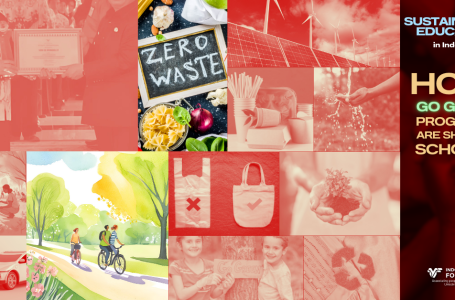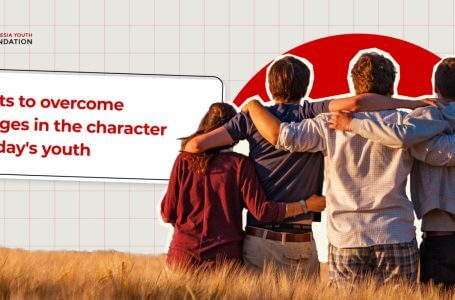“Beasts of the Southern Wild” is a 2012 American film directed by Benh Zeitlin that tells the story of a six-year-old girl named Hushpuppy living in a fictional, poor, rural community called the “Bathtub” located in the Bayous of Louisiana. The film explores themes of environmentalism, community, and resilience in the face of extreme challenges, including rising sea levels and storms brought on by climate change and causes environmental issues.

The community of the Bathtub is depicted as being isolated and self-sufficient, relying on the natural resources of the bayou for their sustenance. However, the film also illustrates the negative impacts of human actions on the environment, such as the destruction of wetlands and the dumping of pollutants, which are driven by profit and greed and have negative consequences for both the environment and the people who depend on it.
The film addresses some environmental issues, including climate change, habitat loss, and natural disasters. Through the perspective of its young protagonist, the film offers a unique and compelling look at how these issues affect individuals and communities. In this article, we will examine the environmental issues depicted in the film, as well as the film’s perspective on these issues and potential solutions.

Climate change is a major theme in “Beasts of the Southern Wild”. The film depicts the effects of rising sea levels on the Bathtub community as the island gradually becomes submerged under water. This is an issue that is already affecting many coastal communities around the world and is likely to become even more severe in the future.
The film also illustrates the impact of climate change on the natural world. For example, Hushpuppy discovers that the ice caps are melting, which releases a group of frozen aurochs (ancient wild cattle) that pose a threat to the Bathtub community. This serves as a symbolic representation of how climate change can disrupt and destroy ecosystems, leading to conflicts and suffering for both humans and animals.
Habitat loss is another important environmental issue depicted in the film. The Bathtub community is located on a small island that is rapidly disappearing due to rising sea levels, forcing the residents to abandon their homes and seek refuge elsewhere. Habitat loss is a major problem for many species of animals and plants as it destroys their natural habitats and reduces their ability to survive.
The film also shows how habitat loss can lead to the extinction of species, such as the frozen aurochs that Hushpuppy finds, which she believes to be the last of its kind. This serves as a reminder of the fragility of life on Earth and the need to protect and preserve habitats for the sake of all species.
Natural disasters, such as hurricanes and floods, are a third environmental issue addressed in the film. The Bathtub community is repeatedly hit by hurricanes, causing widespread destruction and loss of life. This is a common problem in coastal areas where storms can be especially severe.
The film also demonstrates how natural disasters can exacerbate other environmental issues, such as habitat loss and climate change. For example, the hurricanes in the film contribute to the rising sea levels that threaten the Bathtub community’s island.
In conclusion, “Beasts of the Southern Wild” presents a poignant depiction of environmental issues and their impacts on individuals and communities. The film illustrates the interdependence of humans and the environment and the need to protect and preserve natural resources for the sake of both. It also highlights the negative consequences of human actions on the environment and the importance of finding solutions to these problems.
References:
- https://core.ac.uk/reader/20325640
- Alibar, Lucy. Juicy and Delicious. New York: Diversion Books, 2012. Print.
- Brianna Burke. “Beasts of the Southern Wild and Indigenous Communities in the Age of the Sixth Extinction.” Resilience: A Journal of the Environmental Humanities, vol. 6, no. 1, 2018, pp. 61–85. JSTOR, https://doi.org/10.5250/resilience.6.1.0061. Accessed 5 Jan. 2023.
About the writer:

Fikry Muhammad Reza Al-Hasin or commonly called Fikry was a fresh graduate of International Relations at the University of Muhammadiyah Malang. He is a private officer by day and an aspiring writer by night.









